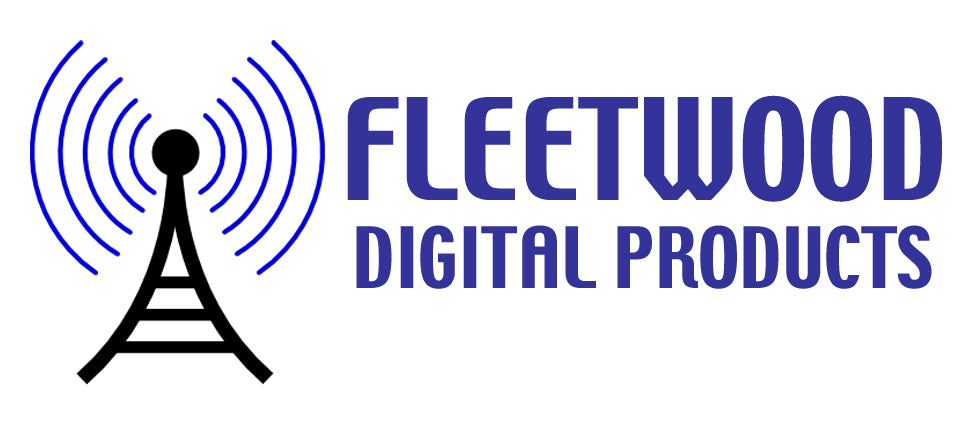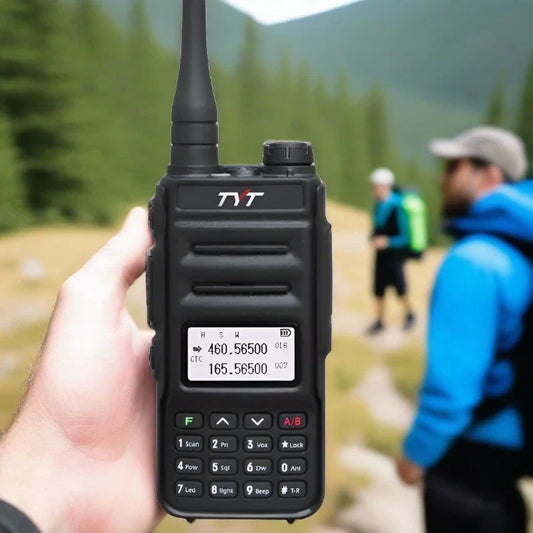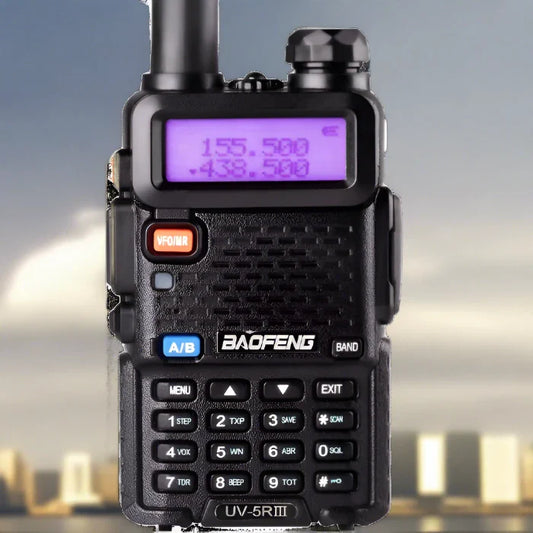Amateur radio, often referred to as ham radio, has been a beloved hobby for radio enthusiasts worldwide for over a century. Ham radio operators communicate using radio frequencies allocated for non-commercial use, and they often rely on a variety of equipment and technologies to enhance their experience. One essential tool in the ham radio operator's arsenal is Amateur Ham Radio Programming Software. In this comprehensive guide, we'll explore what this software is, why it's crucial for hams, its key features, and how it empowers operators to unlock the full potential of their radios.
CLICK HERE FOR OUR SOFTWARE LIBRARY
What is Amateur Ham Radio Programming Software?
Amateur Ham Radio Programming Software is a specialized computer program designed to interface with ham radios, enabling operators to program, customize, and manage various aspects of their radios' configurations. This software plays a pivotal role in simplifying the programming of frequencies, channels, and settings, making it easier for hams to establish connections with other operators, access repeaters, experiment with different modes, and adapt to changing propagation conditions.
The world of amateur radio is vast, with numerous frequency bands, modes, and communication protocols. As a result, programming a ham radio manually can be a complex and time-consuming task, especially for radios with extensive memory banks and capabilities. Ham radio programming software streamlines this process, providing an intuitive and user-friendly interface that facilitates quick and efficient programming, thus enhancing the overall ham radio experience.
Why is Programming Software Crucial for Ham Radio Operators?
Amateur Ham Radio Programming Software offers a plethora of benefits that make it an indispensable tool for ham radio operators:
1. Simplified Frequency Programming:
One of the primary functions of programming software is to simplify the programming of frequencies and channels. This is particularly valuable for hams who want to explore various bands and modes or need to update their radio's memory with new frequencies or repeater settings. Instead of manually entering these details, the software allows users to input the information on their computer, and then it transfers the data to the radio, saving time and reducing the risk of errors.
2. Efficient Memory Management:
Many ham radios come equipped with extensive memory banks capable of storing hundreds or even thousands of channels. Programming software provides a convenient way to organize, categorize, and manage these memory channels. Operators can create and save profiles for different scenarios, such as local repeaters, emergency frequencies, or DX (long-distance) communication, and easily switch between them as needed.
3. Support for Digital Modes:
In the modern ham radio landscape, digital modes are becoming increasingly popular. These modes, such as FT8, PSK31, and JT65, allow for efficient and reliable communication in challenging conditions. Programming software often includes features for configuring and managing digital mode settings, making it easier for hams to explore these modes and establish digital contacts.
4. Firmware Updates:
Ham radio manufacturers regularly release firmware updates to enhance radio performance, introduce new features, and address any issues. Programming software facilitates the process of updating a radio's firmware by providing a straightforward way to connect the radio to a computer and install the latest firmware releases. This ensures that the radio stays up to date and fully functional.
5. Backups and Data Management:
Losing radio programming data can be frustrating and time-consuming. Programming software enables operators to create backups of their radio configurations on their computer. This ensures that if a radio's memory is accidentally cleared or if the radio requires a factory reset, operators can quickly restore their settings and channels without manually reprogramming everything.
6. Ease of Use:
Amateur Ham Radio Programming Software is designed with user-friendliness in mind. The intuitive interfaces and step-by-step wizards make it accessible to operators of all experience levels, from beginners to seasoned hams. This ease of use encourages exploration and experimentation, allowing operators to get the most out of their radios.
Key Features of Amateur Ham Radio Programming Software
To further understand the capabilities and functionality of Amateur Ham Radio Programming Software, let's explore some of its key features:
1. Radio Model Compatibility:
Programming software is typically specific to certain ham radio models or brands. These programs are tailored to the radio's capabilities and menu structure, ensuring seamless integration. Users should select software that matches their radio to take full advantage of its features.
2. Frequency and Channel Programming:
The core function of programming software is to program frequencies, channels, and memory banks. Users can input frequencies, offsets, tones, and other settings, and then upload this information to their radio. Some software even allows batch programming, simplifying the process for radios with extensive memory.
3. Memory Bank Management:
Operators can organize memory banks by creating folders or categories to group similar frequencies or channels. This feature is especially useful for hams who monitor a wide range of frequencies, including local repeaters, emergency services, or specific interest groups.
4. Digital Mode Configuration:
For hams interested in digital modes, programming software often provides settings for mode-specific parameters. Users can configure parameters such as data rates, modulation types, and digital squelch settings to ensure optimal performance during digital communication.
5. Firmware Updates:
Many programming software packages include a feature to check for and install firmware updates for the connected radio. Keeping the radio's firmware up to date ensures that it operates efficiently and benefits from any improvements or bug fixes provided by the manufacturer.
6. Data Backup and Restore:
Operators can create backups of their radio configurations on their computer, safeguarding their programming data. In the event of data loss or radio issues, users can easily restore their settings, saving time and minimizing frustration.
7. Radio Control and Monitoring:
Some advanced programming software allows for remote control and monitoring of the connected radio via a computer. This feature is especially valuable for hams who operate their radios remotely or wish to track certain parameters in real-time.
8. User Communities and Shared Data:
Many programming software users participate in online communities where they share programming files, tips, and insights. This collaborative environment can be a valuable resource for hams looking to explore new frequencies or discover interesting repeaters.
Conclusion
Amateur Ham Radio Programming Software is a vital tool for ham radio operators, empowering them to efficiently program and manage their radios, explore various frequencies and modes, and stay up to date with the latest firmware updates. Its user-friendly interfaces, digital mode support, memory management features, and data backup capabilities simplify the ham radio experience, making it accessible and enjoyable for operators of all skill levels. As the world of amateur radio continues to evolve, programming software remains an essential companion for hams, enabling them to communicate, experiment, and connect with fellow radio enthusiasts across the globe.









